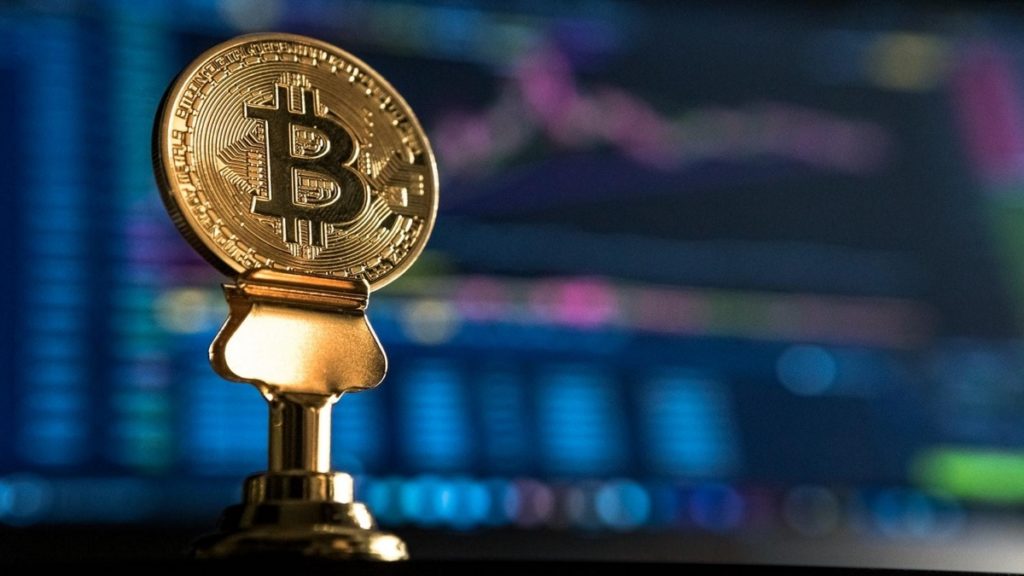Key risks and how to minimize them
One of the best things about cryptocurrency is that it is fully decentralized. And one of the worst things is that the very nature of cryptocurrency investing, trading, and mining comes hand in hand with cybersecurity risks.
Keeping your currencies safe is critical in an industry that is unfortunately mired with threat actors. A history of coins being stolen or otherwise lost shows just how much is a stake. One notable example is the 2014 Mt. Gox exchange incident when around 850,000 Bitcoins went missing, presumed stolen, and led to a hefty financial loss in excess of US$460 million.
Investors face enough risk when trading in often volatile markets, losing coins or having them stolen is largely avoidable if proper care and attention are paid to crypto security. It’s also essential as cryptocurrency, exchanges, and investors are frequently targeted by hackers and cybercriminals.
With that in mind, it pays to be savvy when dealing with the security of your currencies. Here, we go over some key risks and a few steps to take to mitigate them.
The risks you need to know about
Investment scams
It can be hard figuring out if an offer is too good to be true or if you’ve truly stumbled upon the next big opportunity. Hackers and scammers know that and play upon human emotions to create very compelling cryptocurrency investment scams.
The scammers set up fake websites and send emails to lure victims with offers of investment opportunities. Or scammers offer the direct sale of currency then fail to make the transfer one the cash has been received.
Look out for offers that seem too urgent as a sense of urgency is a common way to get victims to act as the scammers want them to. And if the offer or contact is unsolicited, you need to research before getting involved with the “trader.”
Malicious software
In order to steal your cryptocurrencies, hackers frequently utilize malware. Once you unwittingly allow these programs into your computer or device, they use keystroke logging to capture your log-in details and private keys. As you can imagine, an infected device can lead to empty wallets within a matter of days.
Cryptojacking is a persistent threat that results in heavy losses. According to a 2019 cybersecurity report by Positive Technology, it is now the more common method of coin theft, surpassing mining based threats.
Wallet security
Many investors prefer to use an exchange’s dedicated wallet service as opposed to choosing a third-party wallet provider. If that’s your preference, make sure your exchange is reputable because if it is targeted by a DDoS attack, you stand to lose all of your currencies.
Mitigating the risks
Keep your cryptocurrencies secure by following these basic steps:
- Always use two-factor or multi-factor authentication. 2FA offers you an additional level of security above and beyond your password.
- Invest in a secure VPN to add a layer of security. VPNs encrypt data in transmission and help keep any of your critical information hidden from prying eyes. You should also consider full disk encryption to prevent a hacker with physical access to your devices from extracting your wallet.
- Use a high-quality malware prevention and detection program. Although no anti-malware program can cover every possible malicious software, they go a long way towards preventing known threats from infiltrating your devices.
- Choose a difficult password for your wallet or exchange login. Never opt for something that contains personal information or dates.
- Backup your wallets with offline storage. Remember that a crypto wallet is somewhat akin to a physical wallet with cash in it. Only keep the coins inside that you’re willing to lose and keep the bulk of your currencies in secured, backed up storage.
Investing in cryptocurrencies is generally safe and secure when you take the full suite of security strategies at your fingertips. Making your investments safe means you can kick back and trade safe in the knowledge your efforts are secure.




